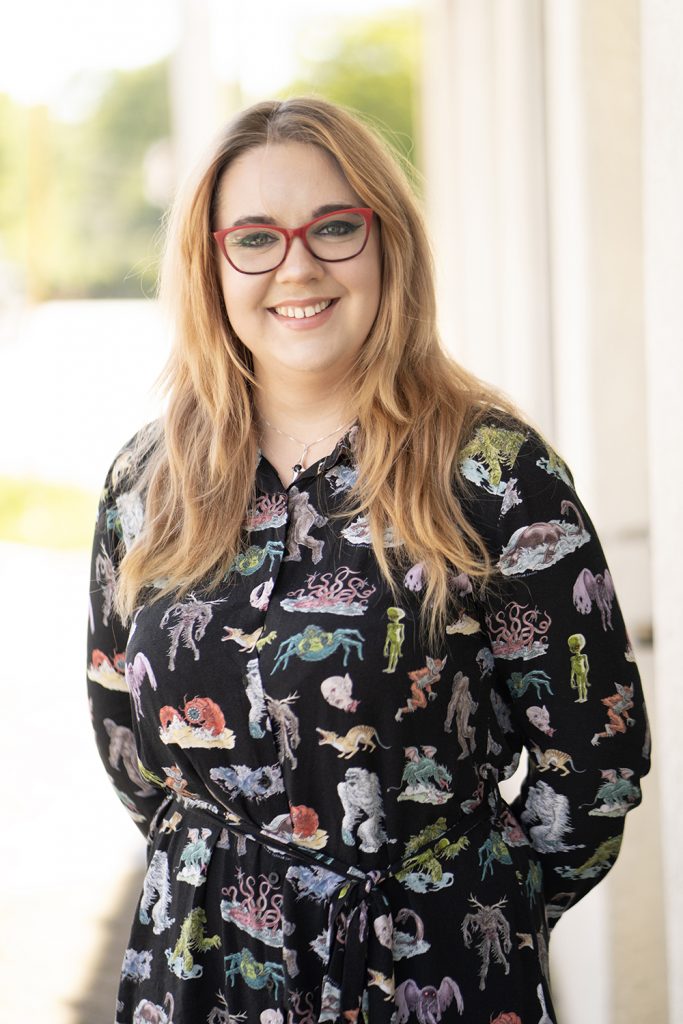
Hello everyone! I’m Sierra! I just graduated with my bachelor’s degree in Anthropology from Georgia Southern University with a focus in archaeology. I worked multiple jobs while at the university as a student research assistant, including curation. However, it was my experience researching Native American heritage in Georgia that led me to my current internship with New South! This week we learned about Georgia’s geologic and indigenous history. We discussed all phases and related subphases of Native American history; from the Early Paleoindian to the Late Mississippian. Of the periods, the Middle Woodland and Mississippian seem the most relevant to us right now as that’s when mound construction was emphasized most. Since many sites open for public visitation in Georgia are mounds, it makes sense to begin research to find more sites within these periods.
During this week we also started evaluating archaeological, State & National Park, university, and historical preservation websites to determine what features we would like to implement in our final website. These features include historical, site, and visiting information as well as educational materials. The grade specific activities and lesson plans from the Society for America Archaeology (SAA) and the McDuffie Environmental Education Center (MEEC) provide strong examples of what educational outreach for our website should look like. SAA provides a list of concepts to learn, lesson plans, and worksheets for K-12, and provides readings for post-secondary students. More information about SAA’s educator resources can be found here. The MEEC provides educational programs per grade level (PreK-7th grade) as per the Georgia Standards of Excellence and hosts events throughout the month. More information about the MEEC can be found here. Another fantastic resource we found during our website research was the University of Georgia’s “History, Memory, and Georgia’s Native People At a Glance.” This lesson plan can be conducted easily and is very informative about the indigenous communities of Georgia. This lesson plan can be found here.
The historical information on website about the indigenous histories in Georgia is often general, chronological, and focuses on one specific tribe. The histories are organized by major legislative acts and treaties that stripped Native Americans of their land. While we know this information is vital, oral histories that tie heritage and display a continuum of culture to these sites should be incorporated. As I read about the periods of Native American history, and as we discussed them, I realized how little oral history is incorporated into the information about those periods. Everything we read reported information gathered from archaeological findings, with no apparent input from the people these artifacts belong to. While I realize gathering and incorporating oral histories is a big goal, I will focus on tying heritage to these sites with what information is already available.
